Makeup, monsters and mucus: inside A24’s latest book

Special effects artist Emily Schubert has been making people look sick, dead and frightening since she was 13 years old. Now, a book, Beauty of the Beast, means you can do it too.
Beauty
Words: Olive Pometsey
Common beauty knowledge preaches that there are certain makeup skills every enthusiast must master: the smokey eye, the cat eye, the contoured cheekbone and the perfect red pout.
But you won’t find any of that in makeup artist Emily Schubert’s new book, Beauty of the Beast. Yes, you’ll learn how to make yourself look all bright eyed and bushy tailed with strategic blusher placement. But you’ll also be taught how to look older, younger, deader, hairier or, if you fancy, like a blood-soaked demon from a horror film.
Published by A24, Beauty of the Beast is basically a beginners guide to special effects, told through the lens of someone whose approach to creating unearthly looks is first and foremost rooted in makeup’s power to transform – whether that’s through traditional beauty techniques or a bit of movie magic.
It’s an approach that’s made Emily a go-to artist in the industry, not only on film sets (she’s worked on Good Time and The Sweet East), but also for music videos and stage productions. Over the course of her career, she’s worked with everyone from Arca and SOPHIE to The New York City Ballet and Bill Clinton (yes, really).
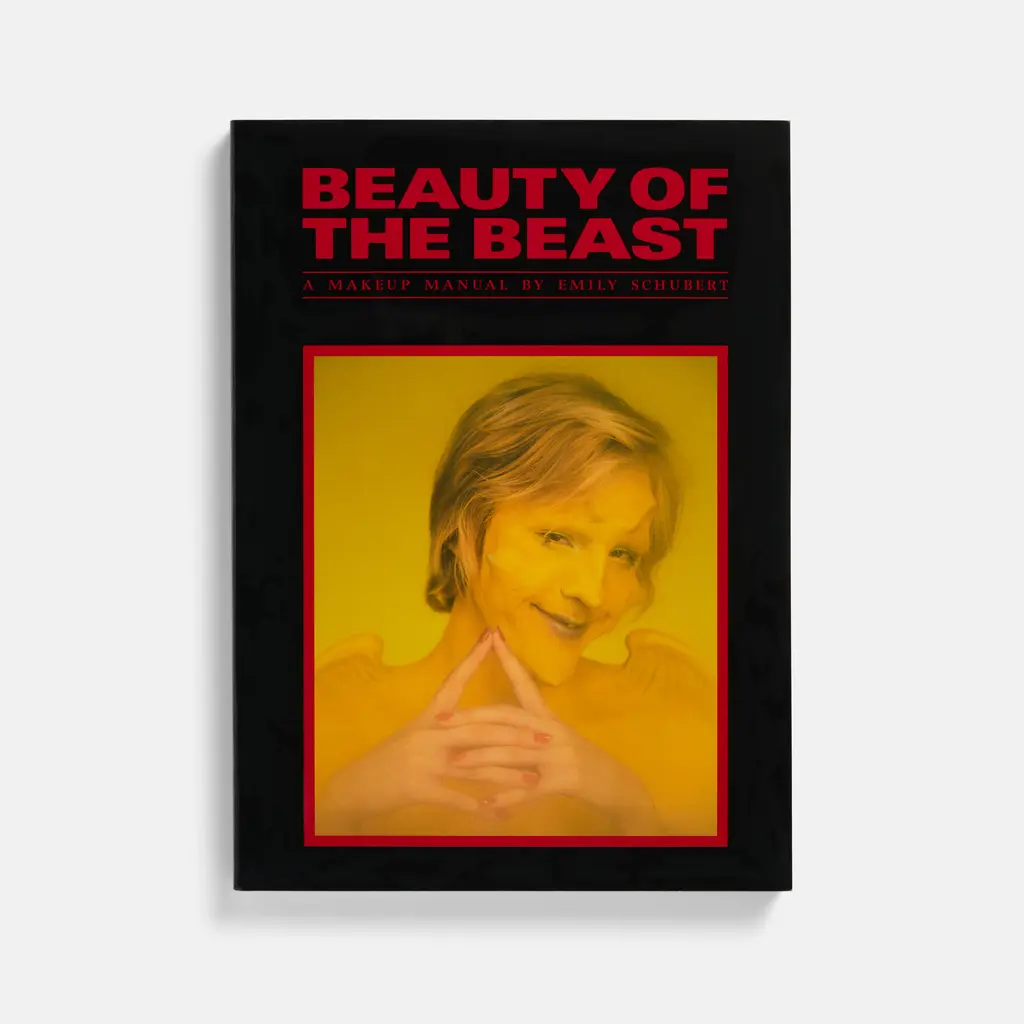
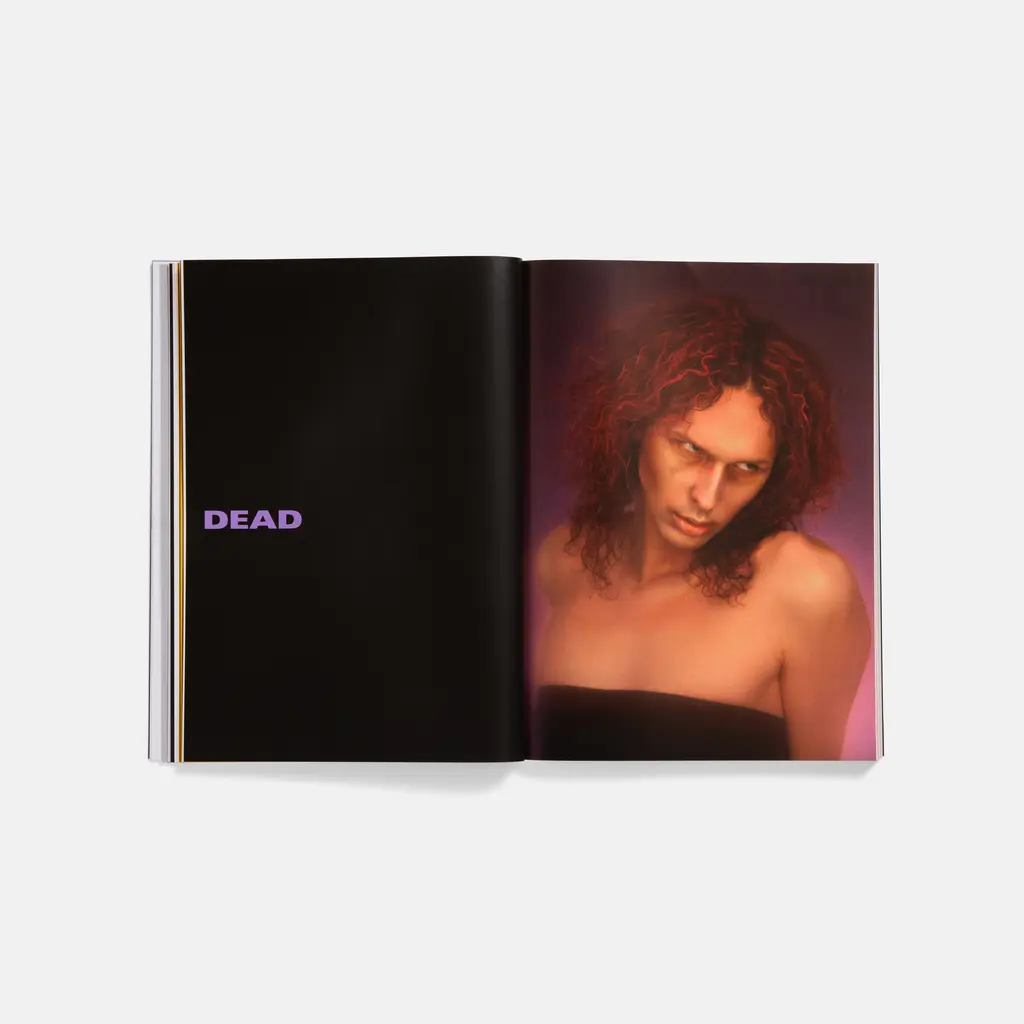
And to think, it all started when Emily ended up in hospital at 13. As she explains in the book, it was when looking in the mirror after receiving back surgery that she noticed how her skin had lost its flush. The reason for the surgery, a severe case of scoliosis, had also triggered a plethora of changes in her body. Instead of freaking out, Emily came to realise that, “if the body is so changeable, so open to manipulation, why not have a hand in the process? If only as a means of survival.”
For a teenage Emily, survival involved making her mates look ill to help them get out of tests at school – blusher around the nose and eyes, smudged mascara, that kind of thing. Pretty soon (like, genuinely, unbelievably soon), 14-year-old Emily got her first gig working on a proper film set.
You could say, then, that Beauty of the Beast is a book for the next generation of Emily Schuberts, a practical guide for those who want to push the limits of what makeup can do. Sure, you won’t learn how to perfect winged eyeliner. But drenching your friends in fake blood is way more fun anyway.
Hey Emily! You talk about using blusher and mascara to make your friends look ill in the book. What was your very first introduction to makeup like?
Well, I grew up painting Warhammer with my brother. He was always in this room putting it together and I would sit with him and paint. I don’t know how much that has to do with it, but I guess just from a young age, we were doing things like that. But in terms of makeup, I was mainly exposed to the Bobbi Brown Makeup Manual as a teenager – that’s what I got for Christmas or Hanukkah – and I remember pouring over it. I loved the format, I loved the instructional photos. It was, to me, offering a new view on makeup, a more natural approach to makeup, that really resonated with me. But it was still a little prescriptive. What I really tried to do [with Beauty of the Beast] was to make it something that doesn’t tell you how to look or where to go, it just tells you how to get there.
So, how did you get there, from reading Bobbi Brown’s book to figuring out how to make your mates look like they’d been blowing their noses too much?
As a kid, I was always trying to recreate things – I would make dioramas of the sets of TV shows I was watching. That was kind of what I was obsessed with. So it was always mimicry that I was really passionate about – illusion, sleight of hand, that kind of thing.
You got your first film job as a teenager. What was it like walking onto that set at such a young age?
I mean, it was exhilarating. The magic of being on set, and on a film set especially, is problem solving, [reacting to] emergency and performing – you really have to perform under pressure in a collaborative way. And there’s nothing better than that to me.
How did you build on that experience to turn it into a proper career?
I [continued to do it] throughout high school and then I went to a college that had a great film programme. I didn’t study film there, but I gave my email to the head of the film department and I said, “forward this to every senior thesis film student, because I can do special effects makeup on their films.” They were four years older than me, so by the time I graduated, I had a network of kids that were making commercials and that kind of thing, and I started working on those.
I would also hand model a lot at that time – any way to get on set. And being in front of it being in front of the camera is as much of an education as anything else. I got to experience the ceremony of what it’s like to go on camera. I did a lot of wardrobe, too, working with Rushka Bergman who was at L’Uomo Vogue. She was very influential on me, in terms of picking colour, shape and what looks good on camera. All of that translates to makeup – it’s all kind of wrapped up in one thing. And then, yeah, I just kept working.
How did you find entering the world of horror and special effects makeup, a field that’s historically quite male dominated?
Starting out, it was rare to be a special effects makeup and a beauty makeup person. But it was always my feeling that one really benefits the other. I started to notice that a lot of the best special effects people I knew were all men, and if they had a handle on beauty makeup and respected it, their special effects were always better. It was always a little bit more delicate, paying attention to undertones and working with the body more.
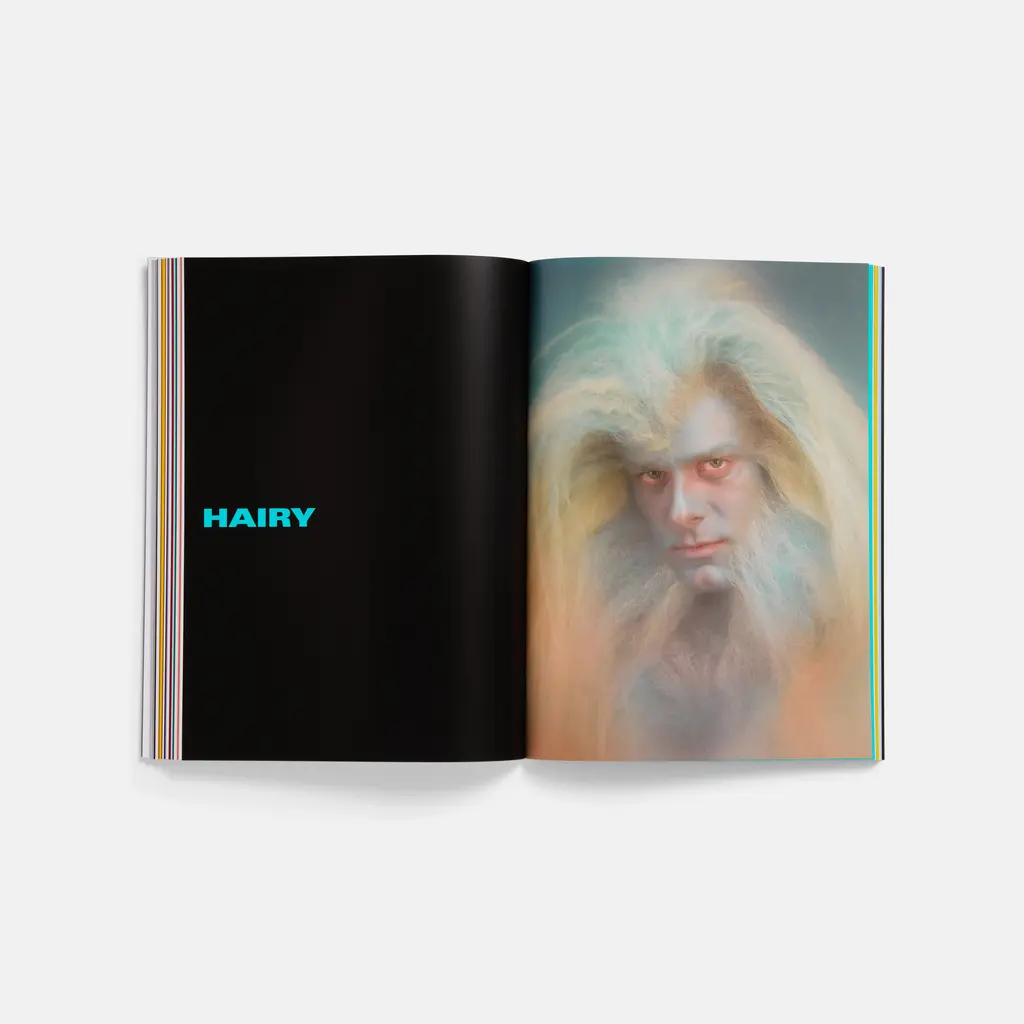
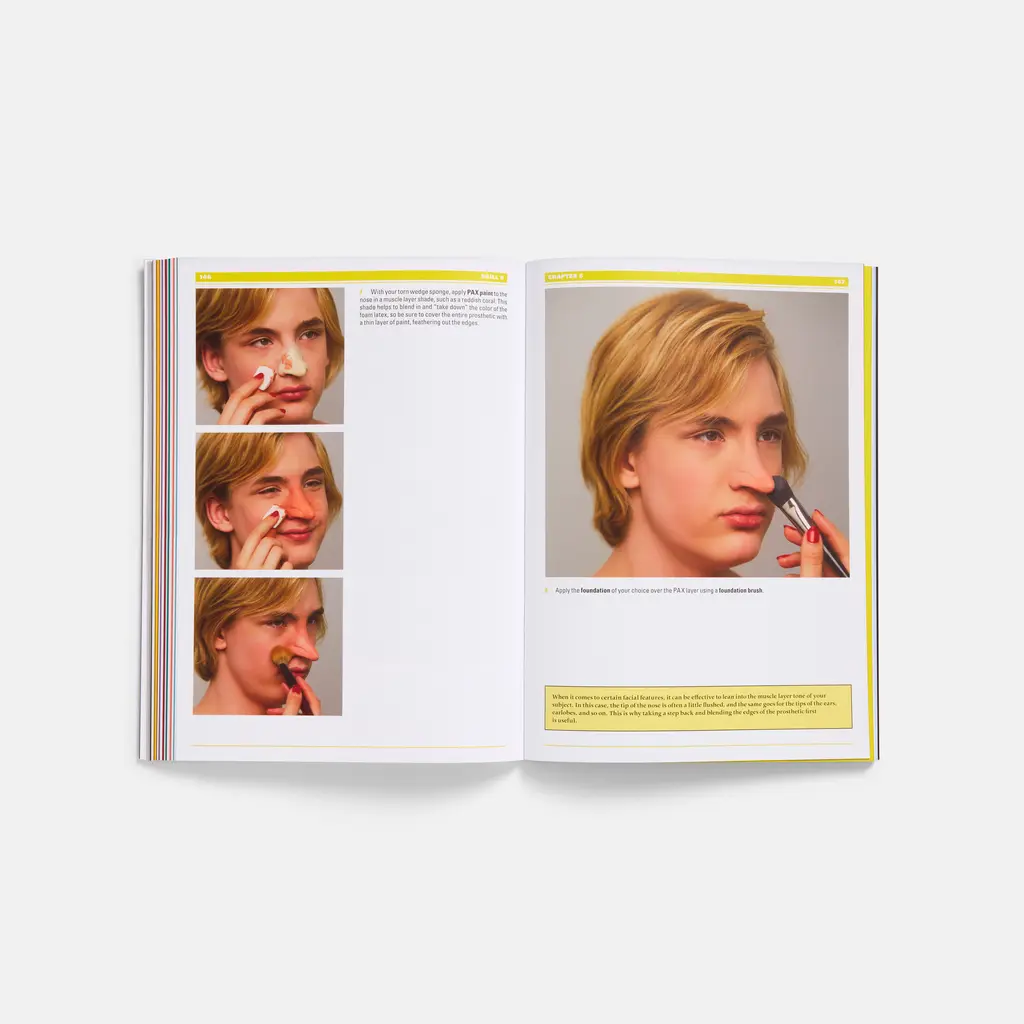
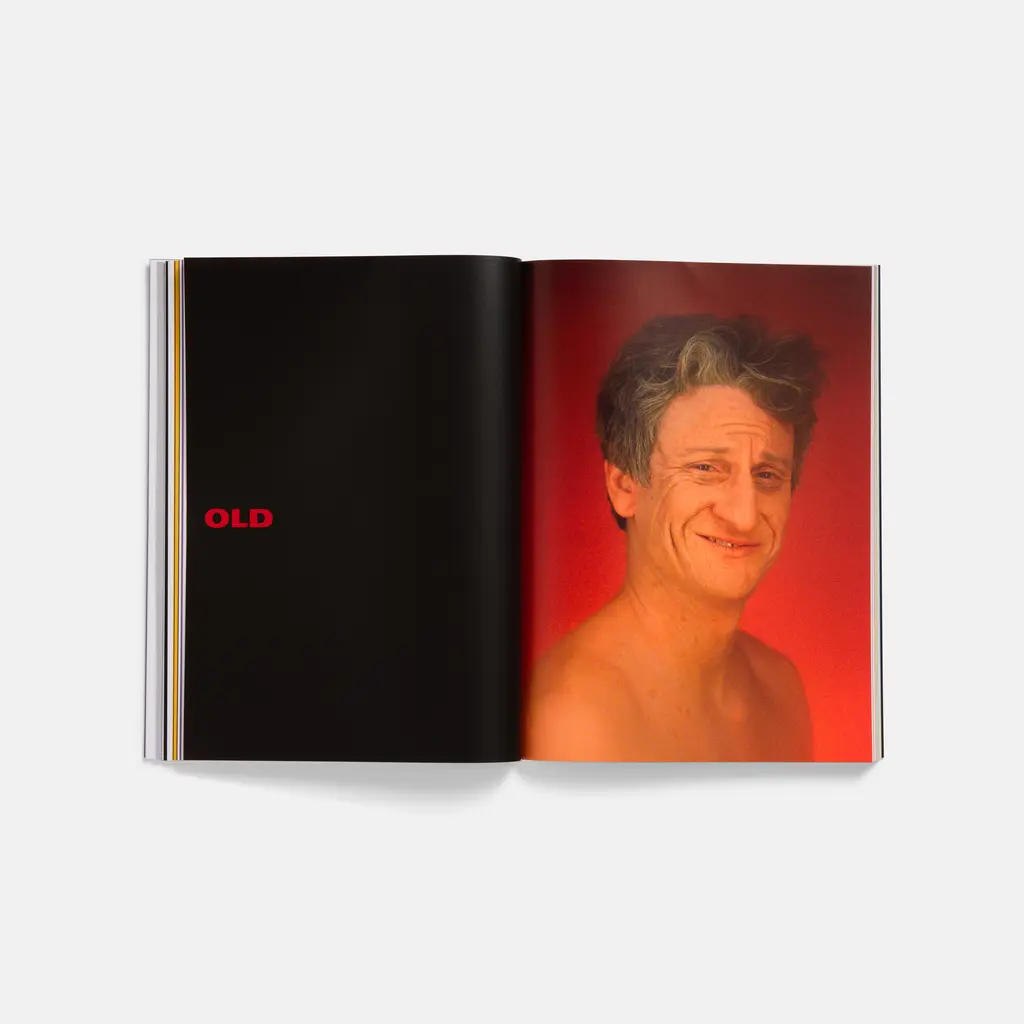
You’ve talked about how the beauty industry can be quite prescriptive. How do you work with beauty makeup to make it fit your ethos?
I just think about how to enhance someone’s features, how to make them bigger on their face. It’s fun to coordinate makeup with an outfit or something, but it has to have a purpose. That’s maybe the bottom line, this is kind of zoomed out thinking of: OK, what exactly is the purpose of makeup? It’s interesting to think of [the appeal of] red lipstick. I’m gonna get a little crazy, but you think of lips and it’s the colour of your genitals – your lips, your nipples and your genitals are all the same colour, the colour of your mucous membrane. I think about the mucous membrane a lot, because when you make a monster, you lay down a completely fictional skin tone, but – and this is when the beauty makeup comes in – you have to think: what are the undertones? What’s the colour of the mucous membrane of this monster? You have to treat it as a creature.
Where do you go to get inspired when you start working on a new monster, project or look?
The subway! It’s amazing, because you’re all sitting together and you can just stare at people. You see a skin condition, you see how someone’s getting ready, and you really try to imagine what kind of person they are. That’s the excitement and beauty of special effects makeup, wardrobe and character design in general, you’re really just imagining people and the way that they see themselves in relation to their environment. It does require a curiosity about people, because the goal is that you shouldn’t see character and think, “the makeup’s perfect, the wardrobe is perfect.” You shouldn’t think about anything, actually.
Get your hands on Beauty of the Beast here.






